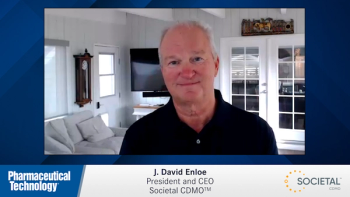
Spotlight on Rare Disease Day
Rare disease day is an annual awareness-raising event coordinated at the international level by EURORDIS, a non-governmental patient-driven alliance of patient organizations representing more than 502 rare diseases patient organizations in over 46 countries.
Rare disease day is an annual awareness-raising event coordinated at the international level by
In the US, Educational outreach to patient advocacy groups representing those with rare diseases was the focus of events held on Feb. 29 2012 at the NIH campus in Bethesda, MD and on Mar. 1, 2012 in Silver Spring, MD. Rare Disease Day was established to raise awareness with the public about rare diseases, the challenges encountered by those affected, the importance of research to develop diagnostics and treatments, and the impact of these diseases on patients’ lives.
NIH’s event was organized by the NIH Office of Rare Diseases Research. The focus of the presentations was basic and translational research that can be used to identify the causes of rare diseases and develop cures. Presentations highlighted basic research from NIH scientists on the mechanisms of certain rare diseases. Additional presentations highlighted the potential application of stem cell therapies for rare diseases, and the role that molecular biology can play in identifying disease mechanisms.
FDA’s
Patient advocacy groups are playing an increasingly important role in influencing the development of new therapies. These events offer an opportunity for government organizations to engage with the public about government’s role in the development of new drugs, and in turn to gain the perspective of the public about rare, but unmet medical needs.
Newsletter
Get the essential updates shaping the future of pharma manufacturing and compliance—subscribe today to Pharmaceutical Technology and never miss a breakthrough.

